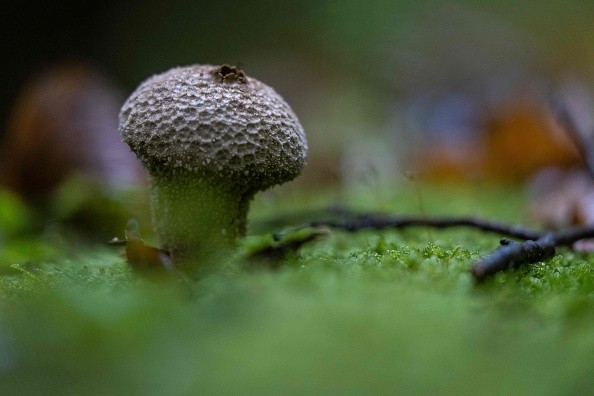One of the oldest and most prevalent mutualistic relationships between plants and arbuscular mycorrhizal fungi (AMF) is the arbuscular mycorrhizal symbiosis (AMS).
This close connection improves the plant's absorption of minerals and nutrients, potentially increasing crop yield.
Abiotic and biotic stresses can be more tolerable to plants thanks to AMS.
Additionally, AMS supports a variety of ecosystem functions by enhancing soil aggregation, decreasing the need for fertilizer, and minimizing nutrient deficiencies.
Arbuscular mycorrhizal fungi interaction with plants
 (Photo : WOJTEK RADWANSKI/AFP via Getty Images)
(Photo : WOJTEK RADWANSKI/AFP via Getty Images)

Based on modifications in symbiosis phenotypes in gene knockout or knockdown mutants, several genes involved in AMS have been discovered over the past 20 years.
However, little is known about the connection between plant SSPs and AMS, as per Phys.org.
To predict SSPs in plants across their entire genome, researchers from the University of Tennessee identified a variety of plant SSP candidates that may be related to AMS.
In addition to convergent changes in SSP gene expression and gene regulatory elements among monocot and eudicot species, their comparative analysis also showed diversification of protein structure between AMF-inducible SSPs and their genetically similar homologs, indicating that SSPs may have been a key player in the evolution of AMS in plants.
The research has improved our knowledge of how AMS and plant SSPs interact.
In order to accomplish this, the researchers developed a computational pipeline that predicted SSPs with lengths of 50-250 amino acids from 60 sequenced plant genomes.
They also identified candidate plant SSP genes that may be involved in AMS through phylogenetic analysis of ortholog groups containing SSP genes and classification of gene expression responsive to AMF.
Additionally, they carried out comparative analyses of the promoter regions and 3D-protein structures between genes in particular ortholog groups that were either unique to or primarily represented by AMS plant species.
Also Read: Tiny Fungi Play Big Role in Levels of Carbon in the Environment
Benefits of Arbsuscular mycorrhizal symbiosis
Increased biomass and better nutrient uptake is one of the benefits of the AMS.
As they are fixed to one location on the ground and unable to move, plants rely on the availability of the mineral resources near their root systems for their nutrition, as per University of Minnesota.
Because of the extensive network of extraradical hyphae, plants that are colonized by arbuscular mycorrhizal fungi have access to a wider range of resources.
Therefore, AMF colonized plants frequently exhibit a higher nutritional status, leading to an increase in plant biomass.
Improved resistance to drought is another benefit.
Extraradical hyphae have water access in soil pores that are inaccessible to fine root hairs and are very thin (less than 20 m).
Thus, plants that have been colonized by AMF frequently show increased water uptake.
Additionally, several studies on the impact of AMF colonization under drought stress have shown that colonization improved root hydraulic properties and plant stomatal regulation.
improved resistance to biotic stress also takes place.
AMF-colonized plants exhibit improved resistance to a number of soil pathogens. Numerous pathogens, including Fusarium, Rhizoctonia, pathogenic bacteria, Phytophthora, Pythium, and parasitic nematodes, have been shown to cause less disease in previous research.
Mycorrhizal-induced resistance (MIR), a type of priming that could explain why colonized plants are much more resistant to this diverse group of soil pathogens, is created as a result of the presence of mycorrhizal fungi in the roots.
Fewer weeds are present through AMS.
AMF cannot colonize all plant species; for these non-host species, its presence in the soil can lead to decreased germination, reduced development and growth, and smaller roots.
Related Article: Mycorrhiza: A Powerful Nourisher To Help Tree Species Diversity
© 2024 NatureWorldNews.com All rights reserved. Do not reproduce without permission.





